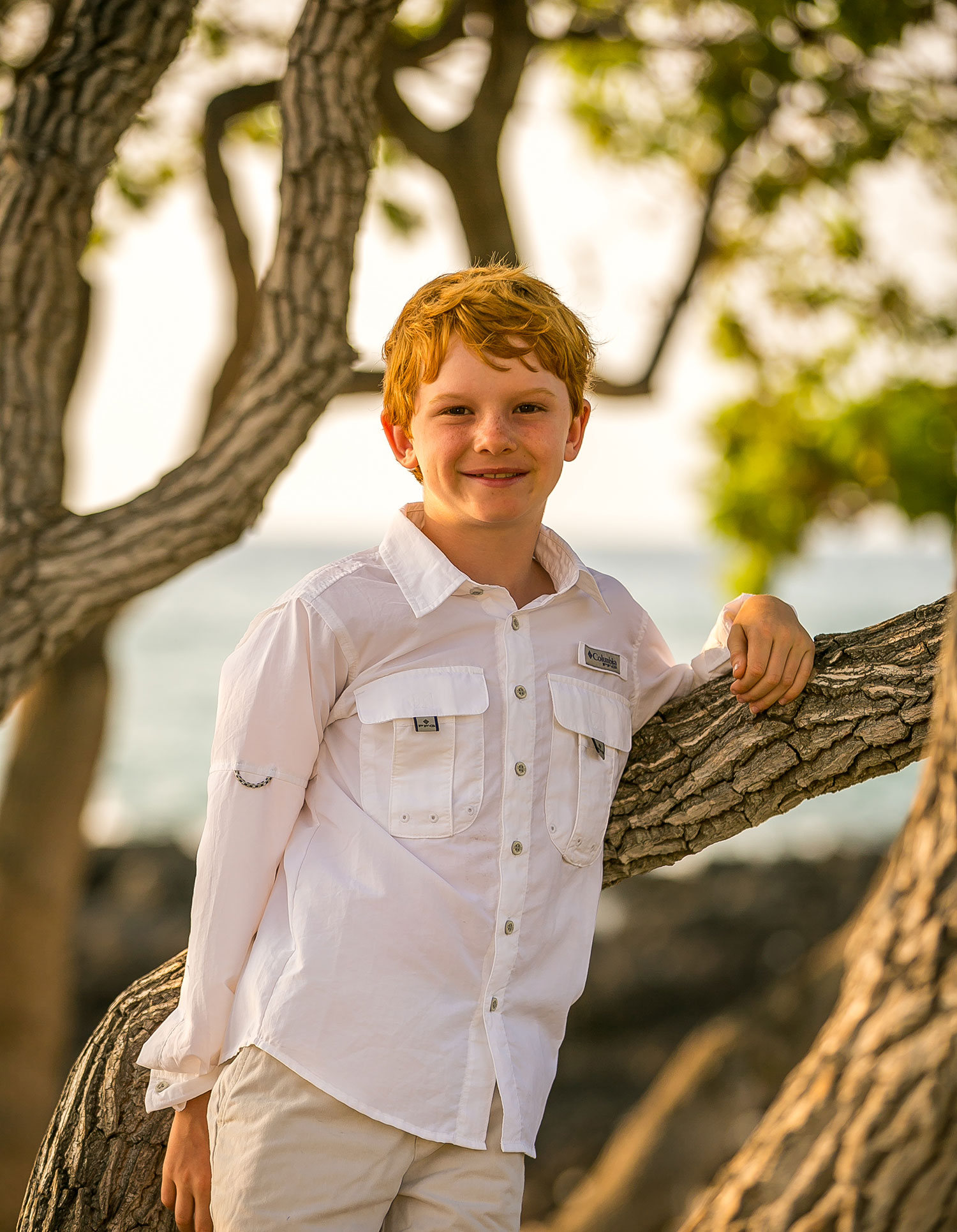These tips are by no means official rules, but are intended to be guidelines or a “general rule of thumb” that photographers use and clients should be aware of. Not all of them will fit everyone’s style and some may or may not be used depending on the type of photo shoot you are focusing on.
1. Do not shoot people straight on from the front. Sometimes hips or shoulders can be the widest areas of our bodies and shooting dead on will only accentuate these parts. If you angle your body, by turning it slightly to the side at a ¾ angle, it will be much more flattering.
2. Shooting from below is a “no-no”. Shooting from below shows off the things we generally do not like: nostrils, chins, hips, etc. Instead when you are shot from above (or eye level), all those unflattering angles appear slimmer, smaller. Who can complain about that?!
3. Speaking of noses and nostrils, No “nose-up”. I am sure you do not need pictures where you can see up your nostrils, so it’s helpful and much more flattering to tilt your head down slightly and not up. This small movement can make a huge difference in your images.
4. “If it bends, bend it”. Standing stiff and straight will only show that you are uncomfortable and not relaxed. If you bend your arms and shift your weight to the back so your front knee is slightly bent, or tilt your head into your partner the photos will look more natural. If you feel uncomfortable, your photos will show this.
5. Do not always stare deeply into the camera. Look past the camera or down over your shoulder to provide a different emotion and variety to your images.
6. Do something with your hands. Leaving your arms pressed against your sides is just not pretty. (This is not the case for everyone.) This can be avoided by slightly bending them at the elbow and puling them away from your body: putting them on your hips, holding an object, or placing them in front or back pockets.
7. Too much smiling may mean your face will get stiff. If you feel this happening take a deep breath and breathe out through your mouth. Still feeling stiff? Do the “pufferfish”, where you blow up their cheeks and then let it all out. This helps your face to relax and your pictures will look more natural.
8. Be open, try new things. Most likely your photographer will try to get a lot of fun, candid shots, but will also help pose you in ways that may be new and different to you. Relax and go with it!
Enjoy your session and ultimately have fun!!
-written by Alyssa (Pacific Dream Photography at the St. Regis Princeville)

























